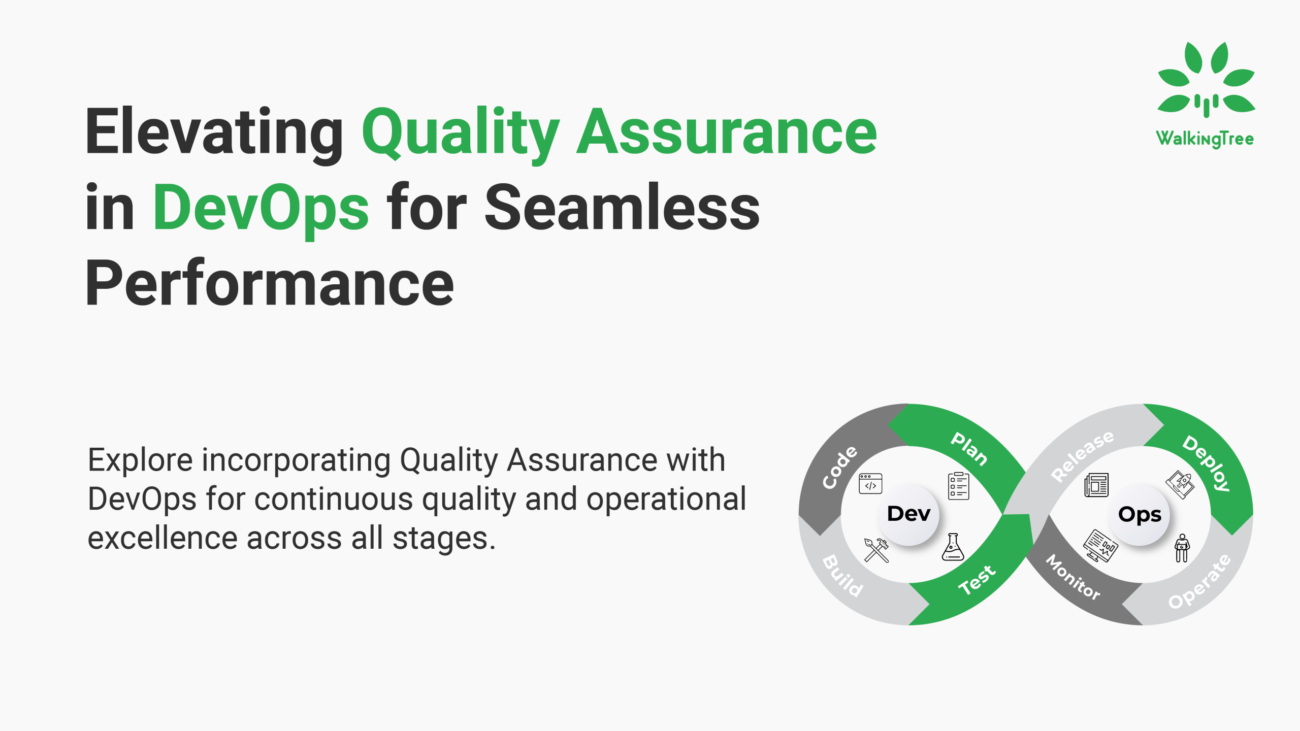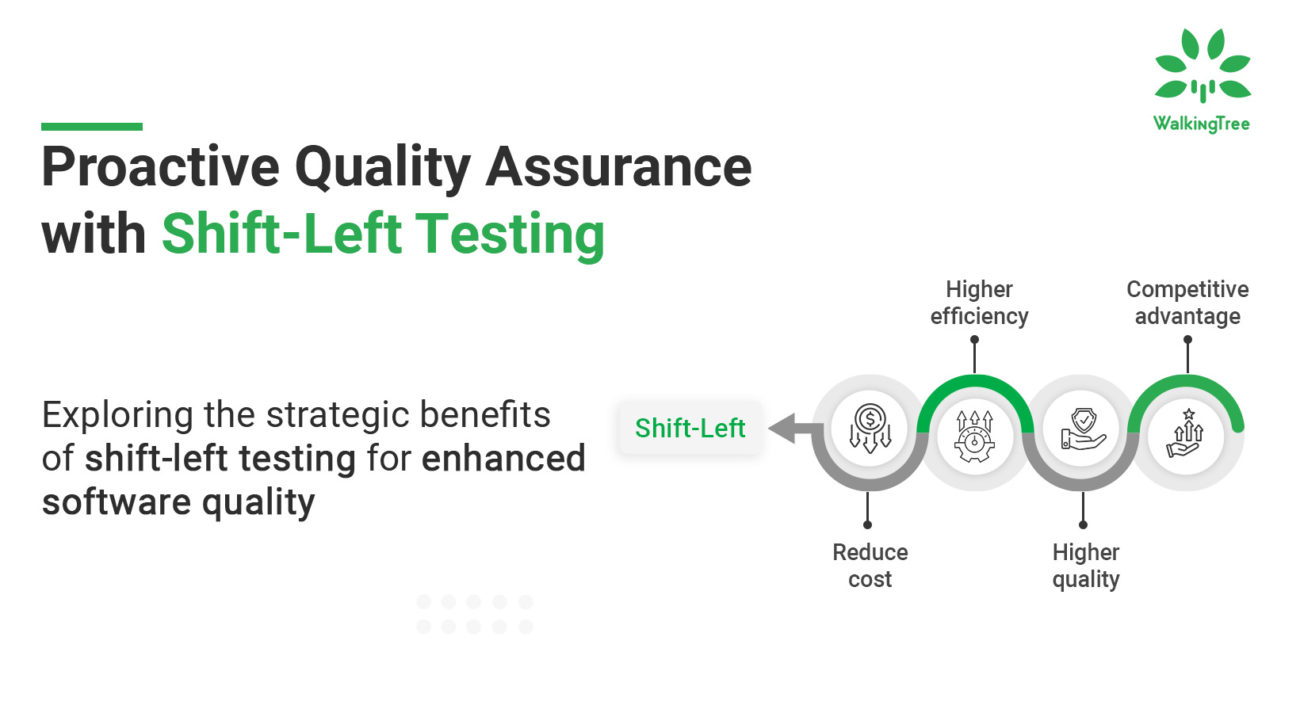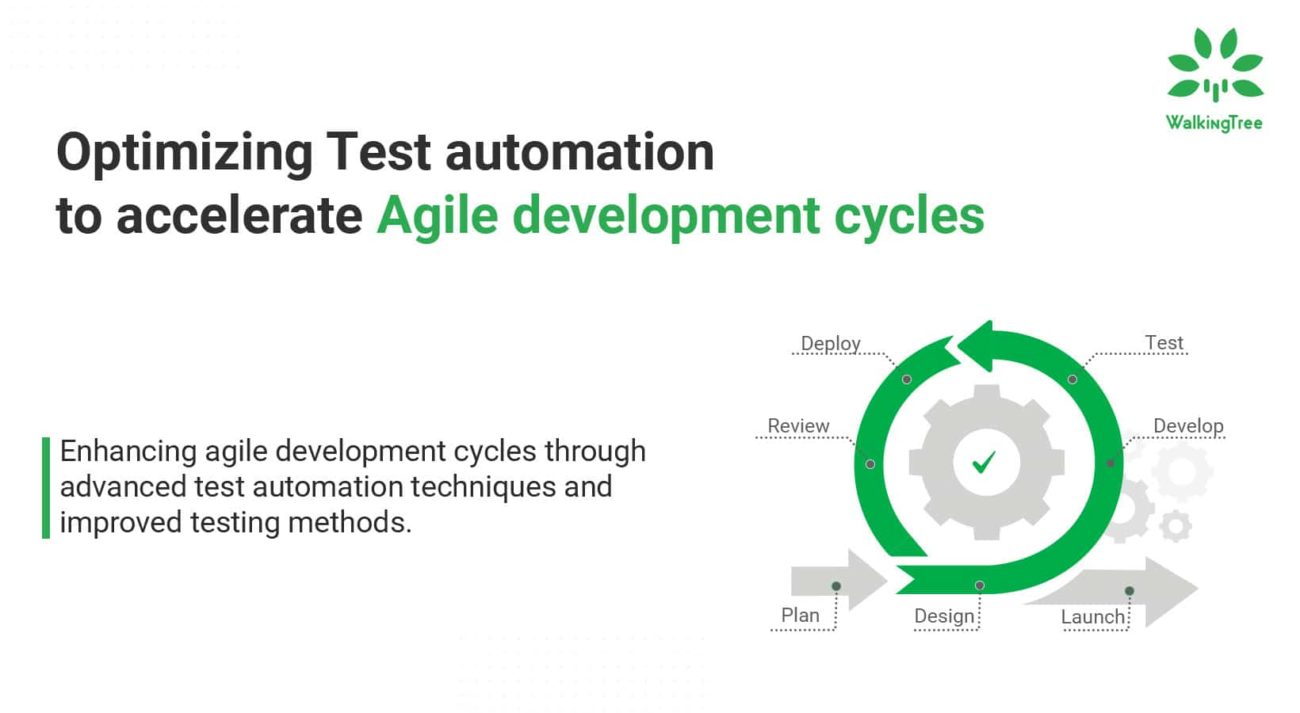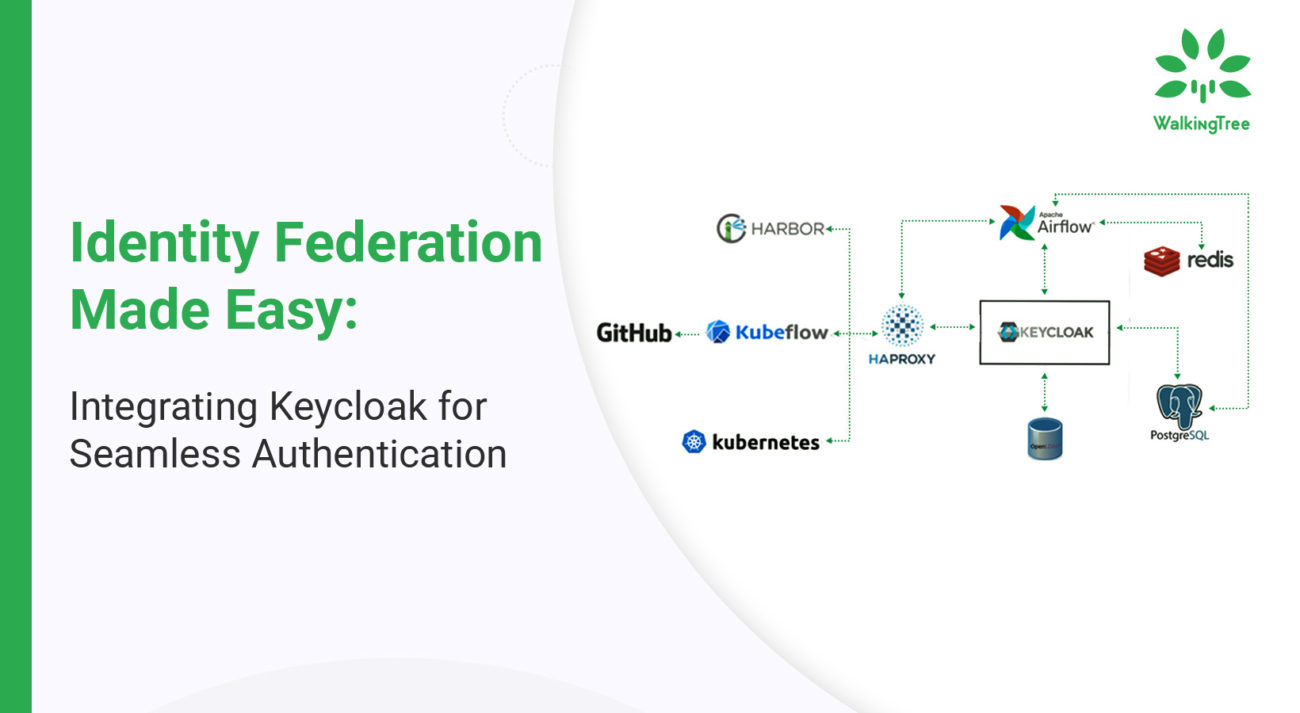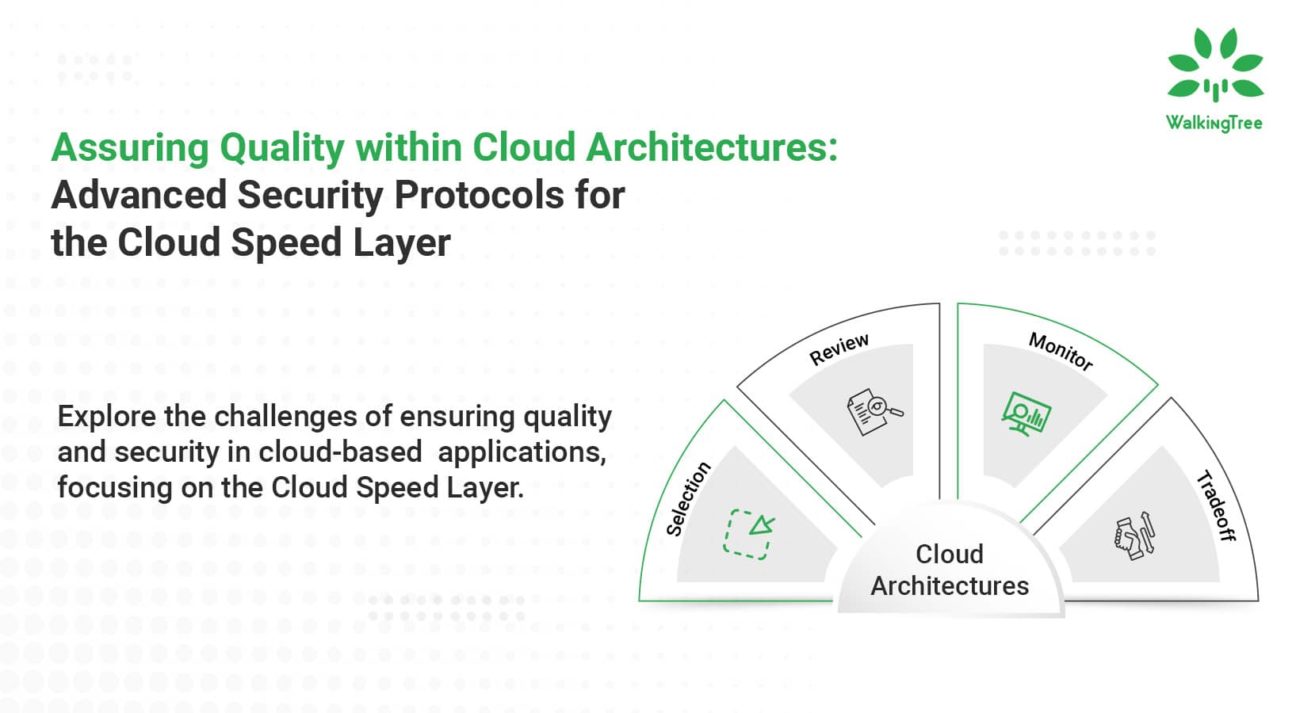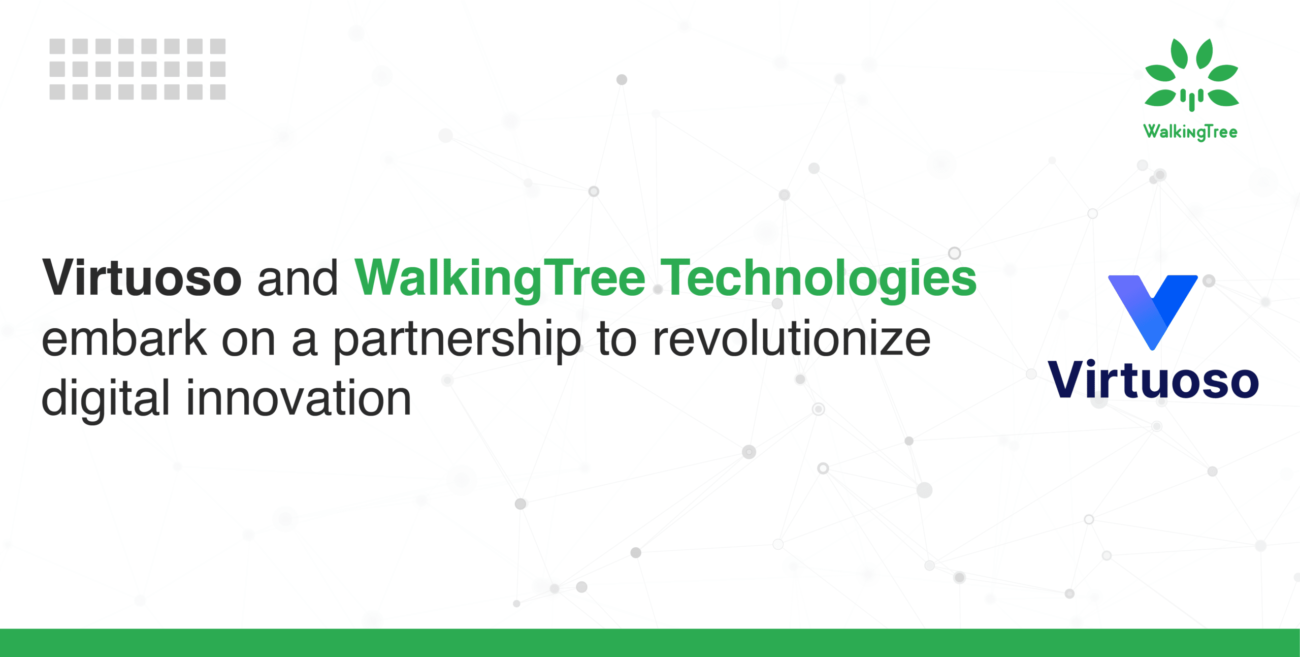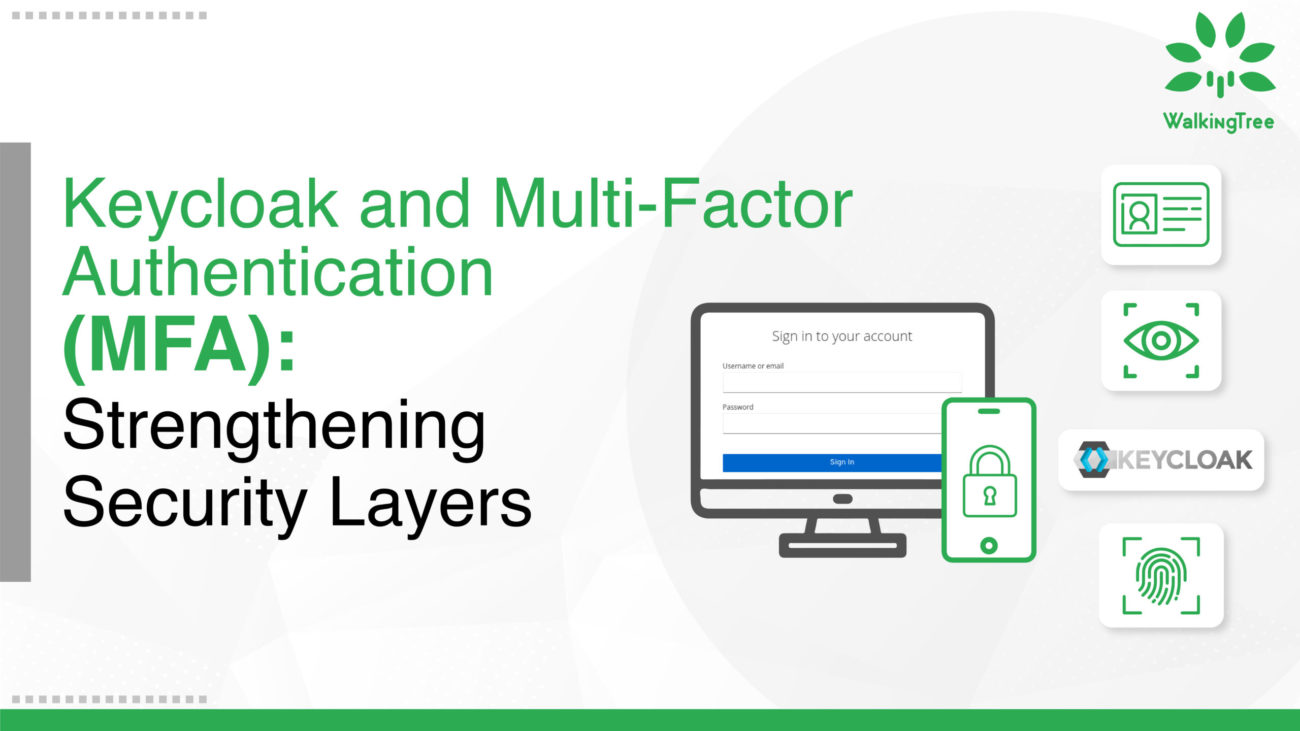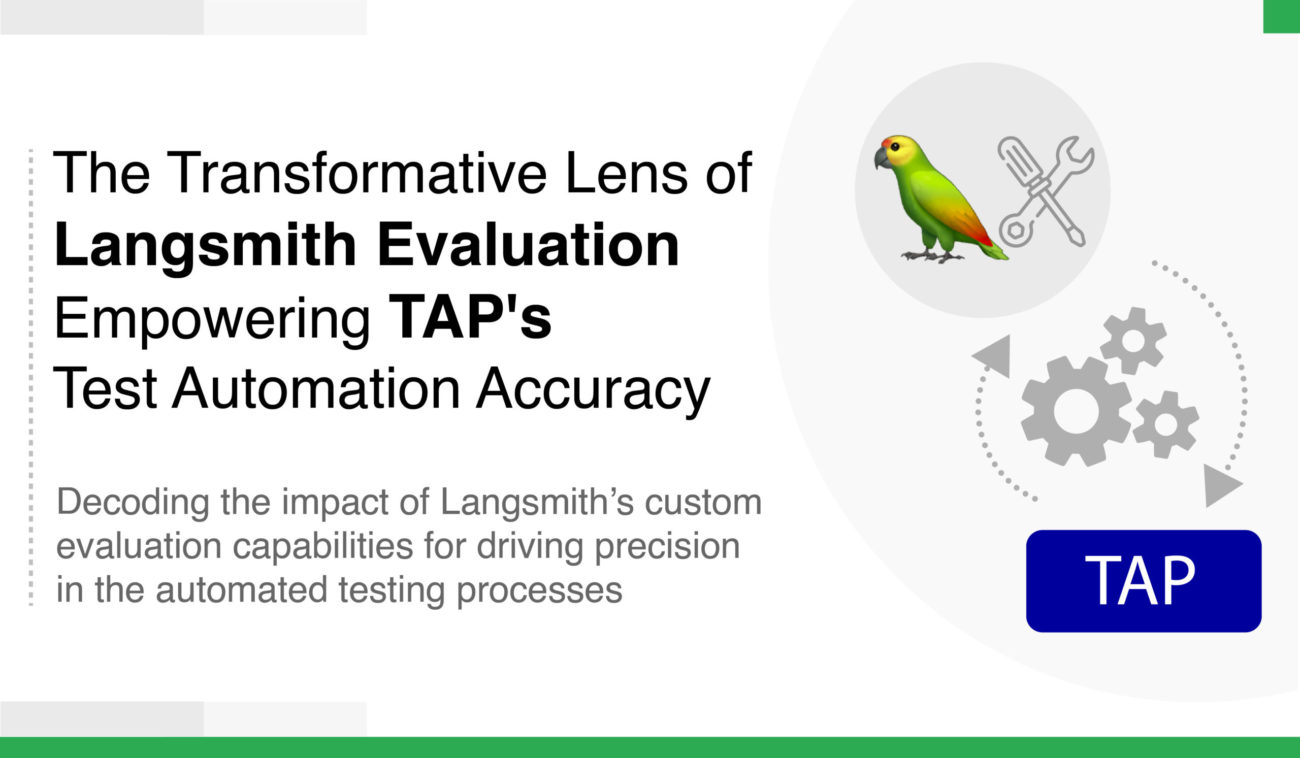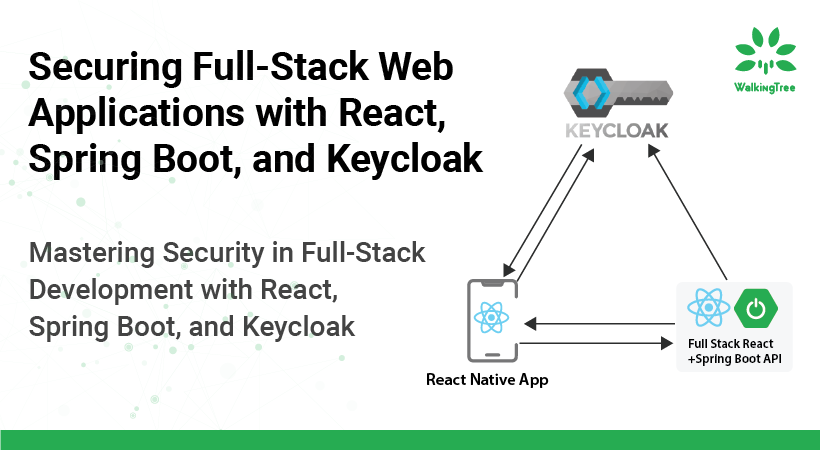
Blogs
DevSecOps: Sanitize your DevOps pipeline
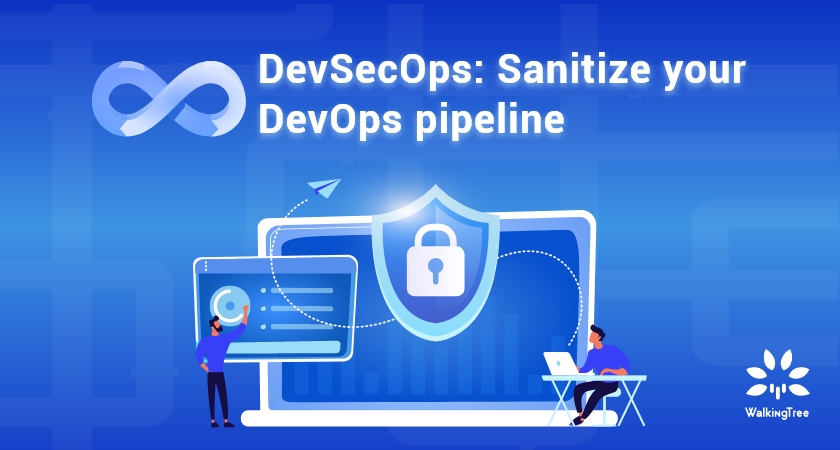

An integrated security practice within the DevOps process helps ongoing collaboration between engineers and security teams and build proper balance between Agility and secured business upshots
A shift to the Agile cloud computing platform with a DevOps approach is well known for automation and speed deliveries of software development life cycles. Though DevOps is leading in enterprises in terms of speed range and functionality, there is a lack of robust security and compliance. Speed and flexibility are supreme values for businesses, yet security is a key component that plays a major role. Industries are trying to blend security as a part of the development workflow itself, rather than having it as just a checkbox at the end.
The pandemic’s impact has been leading organizations to think more about data security as there is an extreme increase in mobility. With no option, COVID-19 impact has left many enterprises with a compromise to access data from different locations and different devices to keep their business ongoing. However, increased enterprise mobility may emerge gaps in security aspects.

Sanitizing the development pipeline from the beginning reduces the time taken in fixing issues and saves for deploying new business features. As a result, there is continuous flow in the delivery pipeline secured and safe. Early and frequent testing can help assess the changes against security, privacy, and regulatory impact. Therefore, security checks are a must at every stage of the software development life cycle (SDLC).
DevSecOps is the best practice that companies can implement to minimize security issues leading to an increased speed of delivery and recovery. A stable cloud-based infrastructure improves overall security, increases code coverage , and automation. Besides, empowering and ensuring the use of secured design patterns is what makes a huge difference to the complete product outcome.
With DevSecOps, infuse security practices into the organization’s DevOps pipeline. Incorporate security into all stages of the software development workflow for transparency to facilitate continuous iterative improvements.
The idea of DevSecOps is to combine the principles of DevOps (improving quality and, above all, speeding up delivery) with application security. By adopting DevSecOps best practices is the best way to prevent vulnerability. There are many DevSecOps practices and tools are emerging in the market which is providing clear evidence that you can strengthen application security to withstand exposure to cyberattacks.
How DevSecOps functions?
It is obvious that just than collaboration, DevSecOps needs development and operations teams to do more, and also security teams need to join at an early stage of iteration. The union of these teams is to ensure security throughout the application lifecycle and also think about the infrastructure and application security from the start. Through consistent testing and spreading the work predictably and consistently throughout the project leads to code security and avoids last-minute delays. With such a kind of approach, the organizations can better achieve their deadlines and assure that their end-users are satisfied.

In the applications’ full lifecycle, IT security needs to play an integrated role to take full advantage of agile methodologies of a DevOps approach with the incorporation of security into the process right from the beginning.
Application security testing is carried out by scanning the applications to avoid any malicious actions that can be done using scanners such as Burb Intruder and OWASP Zap. By scanning for appropriate configurations to ensure that for a given environment the application is correctly configured and secured. For example Microsoft Azure Advisor tool for cloud-based infrastructure also there are many automated testing tools designed to operate in a particular environment which helps assure that software built fits these standards. Nevertheless, automatically scanning the code with code analysis tools helps strengthen DevOps security. The code analysis tools help to diagnose possible and known vulnerabilities within the code itself beforehand rather than in quality assurance which improves better coding habits.
Best Practices of DevSecOps
The rise in popularity for DevSecOps and the hype around the “shift left” to bring security to the software development lifecycle(SDLC) at an early stage. For creating more secured products it is important to give security more attention throughout the SDLC. However, many organizations are still on the way to adopt DevSecOps. Here we can have a quick look at why one should move to DevSecOps and its best practices that helps enterprises integrate security into their DevOps pipelines.
Unite teams
No doubt that DevSecOps can integrate security in the applications lifecycle furthermore it works at its best when it is done with perfect planning and includes it in the design and development stages. This can be accomplished by following some best practices and tools that unite all the teams working for the application lifecycle under one umbrella.
By doing so companies can eliminate silos across teams and enable experts in these teams to work together right from the beginning of the process to predict any challenges.
Identifying the possible security threats to your assets is one way to plan. This is also known as threat modelling where you identify gaps and sensitivities of assets and protect the data by analyzing the existing controls before they get any problem to the system. Such a security approach helps identify flaws in architecture and design where others may have missed. To bring the DevSecOps culture any organization needs to educate teams that security is a shared responsibility. DevSecOps becomes a natural part of the development cycle once the team accepts it as a shared responsibility.
Train your developers
Developers are fully responsible for the quality of the code and also the errors that cause security issues and vulnerabilities. However, companies can pay more attention to developers’ skill enhancements for producing more secure code. Training them with the best practices can help improve code quality leaving minimal space for vulnerabilities. This also makes it easier for security teams to mitigate any vulnerabilities in high-quality code. Listing out ‘Common software weaknesses’ that are needed for security practices are helpful to developers who are not familiar. It is important for security teams for taking up responsibility and commitment to training development and operation teams concerning security practices. This practice is more likely to help developers integrate security controls into the code.
Monitor code dependencies
It is a common thing that applications are built on third-party open-source code and definitely, there is a lack of automatic identification and tracking for bugs that exist in open-source software. Yet organizations overlook these protocols due to the pressure of meeting customer demands. In such cases, there are least chances for the developer to review code or documentation. Here is where automated testing enables all the necessary testing tools for comprehensive vulnerability coverage without compromising on speed. Automated testing plays an important role and is considered to be the key component in DevSecOps methodologies. It is very critical to find out if open-source usage is causing any damage to your code yet you can distinguish how it affects the code. Implementing automated scans against the new code that was created since the previous test to keep the results manageable while maintaining the speed.
Enhance Continuous Integration with DevOps Security
Typically DevOps teams use Continuous Integration (CI) tools for the automation development lifecycle for testing and building. making enhancements Continuous Integration processes with security controls ensures that security practitioners recognize issues before verifying builds for Continuous Delivery (CD) reducing the time spent on each iteration.
Code Simplification
It is easy for developers to analyze, fix, debug, and read simple and clean code which also reduces security risks. Developers can quickly review and work on each other’s code if it is simple. For security teams, it is easy to analyze simple code and identify issues faster with very little effort. Choosing one segment to analyze and verify it works, before going on to the next bit will streamline the process reducing vulnerabilities and leading to robust applications. Automation is another primary aspect of ‘security as code’ to assure that they verify all iterations. This will reduce or eliminate the presence of known security issues and significantly reduce the time spent on troubleshooting and fixing security issues later in the development cycle.
Some of the benefits of adopting DevSecOps

Enterprises obtain a variety of benefits by successfully transforming DevOps to DevSecOps and that is by integrating security at an early stage throughout the project lifecycle. Improved collaboration and communication among teams is what has changed in a work culture which truly has been possible by adopting such methodologies that drove productivity to a larger scale in fast-paced environments. Security, in the first place, helps the identification of vulnerabilities in code at an early stage and maximizing the ability to avoid threats and attacks. In this methodology, since the application is secured by design, the capabilities to scale up in terms of security is high when compared to the other methodologies. Changes keep happening with the application to keep it updated in the market, and the important aspect that comes in when adopting new methodologies is its response to when there are new changes to the system. DevSecOps is feasible in terms of changes. It gives the ability to quickly respond to rapid changes. The most important aspect to move to DevSecOps is its speed to recovery in any case of a security incident. Nevertheless, by implementing DevSecOps, many enterprises had proven to produce more secure apps with minimized cost and with increased delivery rate. After all, today, all the customers expect is safe, secured, and fast products.



